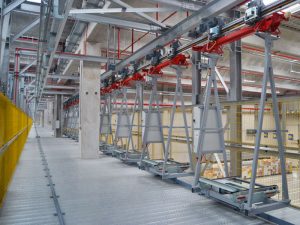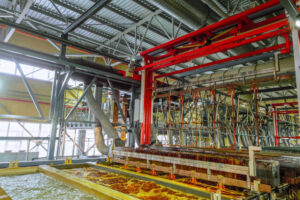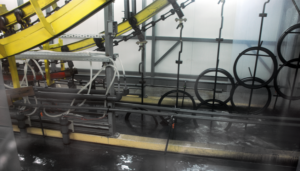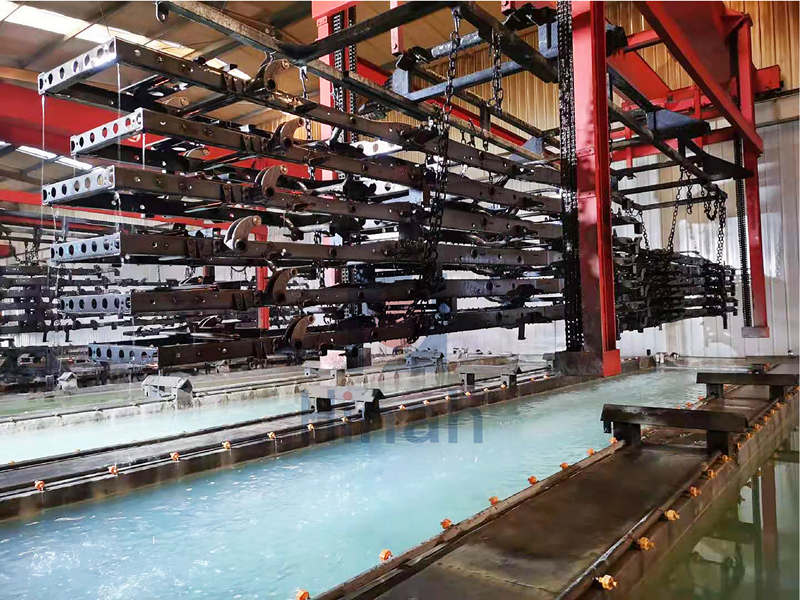Sometimes an e-coat line keeps running, the pumps are steady, the numbers look normal, and yet something quietly slips out of place. No alarms sound, but the finish loses a bit of its uniformity, defects start to creep in, and operators sense a problem they can’t name. That’s the danger—silent failures that hide beneath the surface, slowly weakening the line while everyone assumes it’s still performing. This article takes you inside that hidden struggle and uncovers the three unnoticed issues that quietly erode an e-coat line from within.
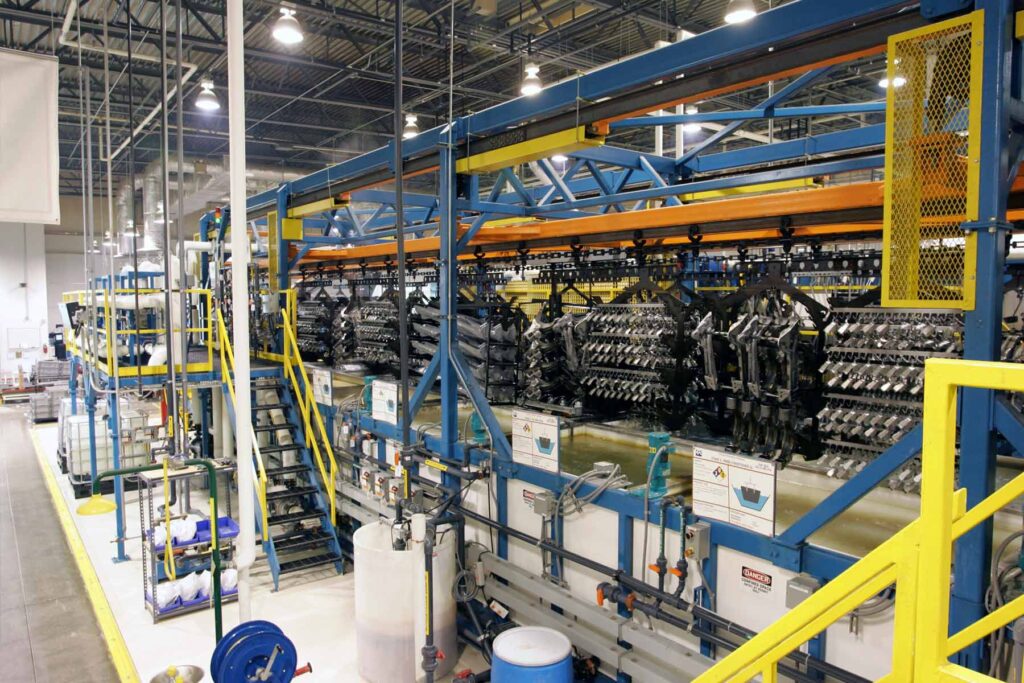
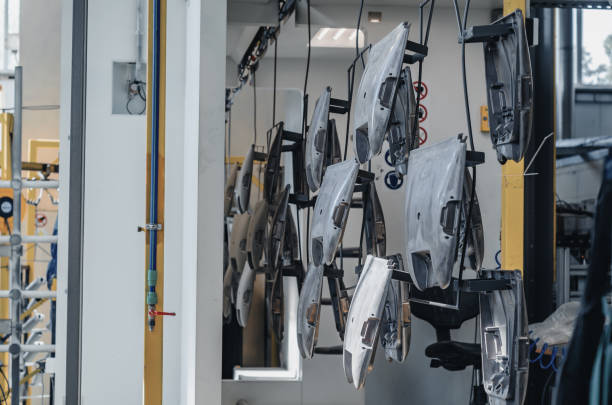
Silent Failure #1: Chemical Imbalance Weakens E-Coat Line Slowly
Chemical imbalance is one of the easiest problems to overlook because it rarely announces itself with sudden, dramatic changes. Instead, it drifts—just a little shift in pH, a slight rise in conductivity, a drop in bath solids that seems too small to matter. But inside an e-coat line, these “minor” variations quietly change everything. The coating loses its smoothness, the throwpower becomes unpredictable, and parts begin to show inconsistent film thickness that operators may mistake for handling or pretreatment issues.
What makes this failure so dangerous is its subtlety. The bath still looks clean, production continues, and the line appears stable. Yet every shift in chemistry weakens the foundation of the entire e-coat process, slowly pushing the system toward a point where defects become impossible to ignore. Regular monitoring, strict control limits, and immediate adjustments are the only defenses—because once the imbalance gains momentum, recovery becomes far more costly than prevention.

Let's Have A Chat
Get An E-coating Line Planning !
Match Your Products, Get The Solution & Price..
Silent Failure #2: Circulation and Filtration Weak Spots Inside E-Coating Line
Circulation and filtration issues rarely start as obvious breakdowns—they begin as tiny inefficiencies hidden deep inside the system. A filter that’s slightly overloaded, a pump losing a bit of pressure, or a dead zone forming in a corner of the tank where solution barely moves. None of these seem serious at first. The flow readings might still look acceptable, and parts may continue moving through the e-coat line without immediate defects. But inside the tanks, the story is very different.
When circulation weakens, contaminants settle instead of being removed. Coating particles stop moving evenly. Temperature and chemical distribution become inconsistent. The result is a finish that slowly loses uniformity: uneven film build, dull areas, random roughness, or contamination spots that seem to appear “out of nowhere.”
This failure thrives on the illusion that everything is fine simply because pumps are running. Real protection comes from verifying actual flow conditions, replacing filters before they choke performance, and inspecting tank movement patterns—not just trusting the numbers on a display. Because once circulation begins to slip, the decline is slow, silent, and often unnoticed until quality has already taken a hit.
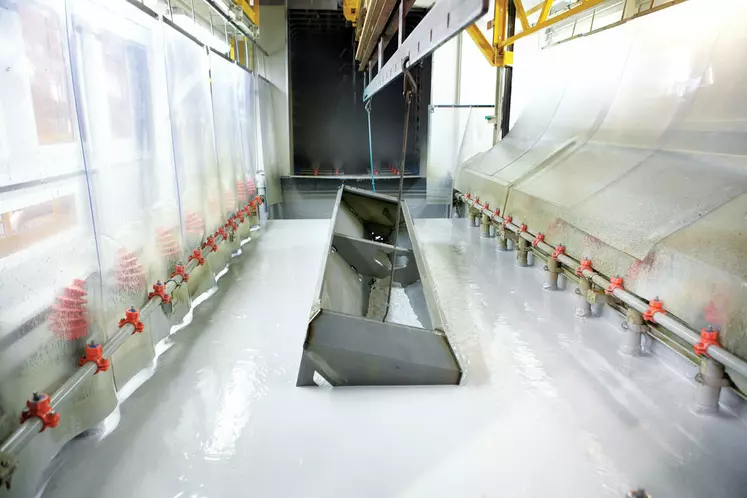

Silent Failure #3: Poor Electrical Stability Damages E-Coat Line Performance
Electrical instability is one of the most misunderstood threats inside an e-coat line because it hides behind symptoms that appear chemical, mechanical, or even operational. A slight voltage dip here, a momentary fluctuation there—nothing that seems serious enough to trigger concern. Yet every inconsistency in power delivery affects how coating particles move, deposit, and build on the part’s surface. The film may still form, but not with the same strength, depth, or uniformity that a stable electrical system provides.
Over time, unstable voltage creates an uneven curing response, unpredictable film thickness, and subtle surface imperfections that operators often misdiagnose as bath issues or pretreatment failures. The line may still meet production targets, but the finish quality quietly declines, and the gap between expected and actual performance grows wider without a clear explanation.
The truth is simple: even the best chemistry and filtration cannot compensate for a weak or aging power supply. Regular rectifier inspections, tighter voltage control, and continuous monitoring of electrical curves are essential to protect the e-coat line. Without this stability, every part processed through the line carries a risk the team cannot see—until customer complaints make the problem impossible to ignore.

